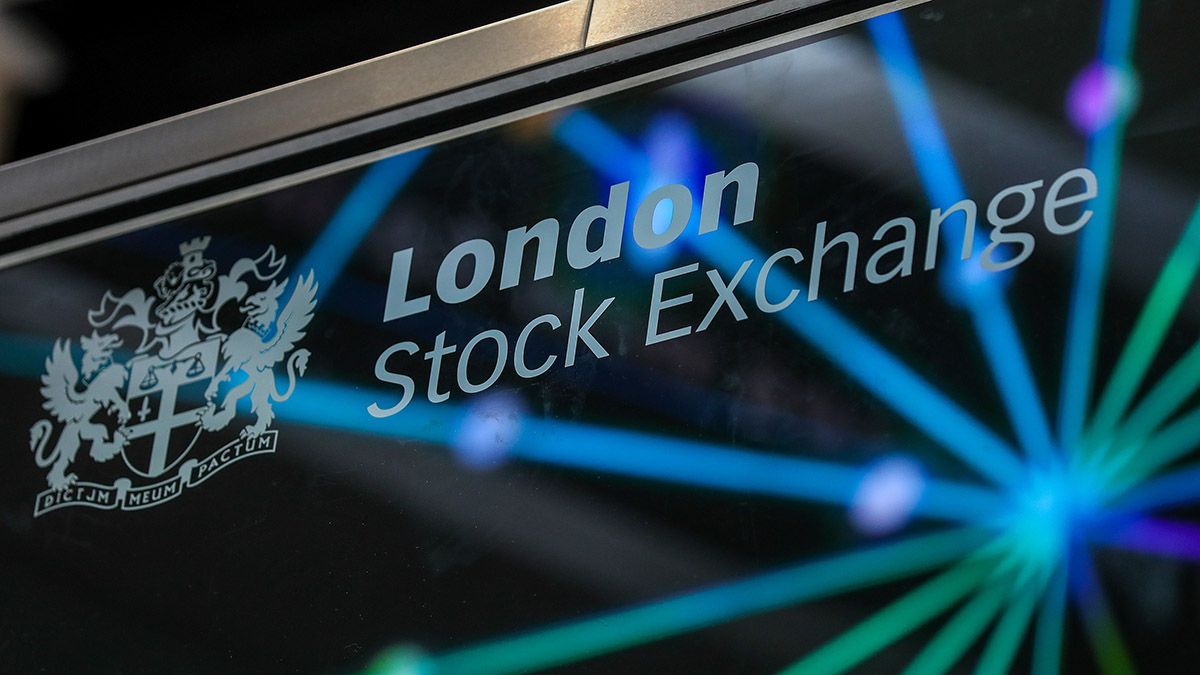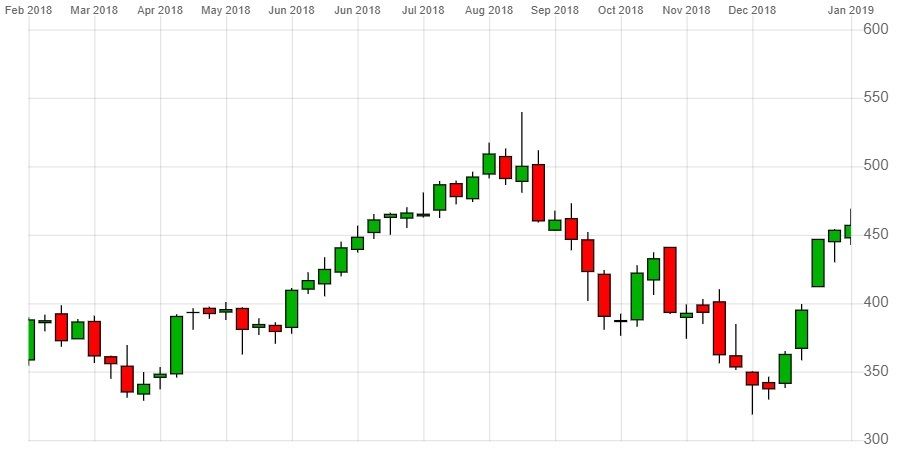Since the start of 2019, the FTSE 250 has managed to recoup some of the heavy losses it experienced at the tail end of last year.
Despite Brexit, a slowing global economy and fallout from the US-China trade war still a concern, the new year has seen the index bounce bank over 6% as investors look for the next big growth stock.
Unlike FTSE 100 constituents, the FTSE 250 comprises companies that, in some cases, have the potential to quickly expand and deliver a better return on investment. Picking these involves focusing on company fundamentals and tuning out the noise that might trigger short-term price movements but that ultimately won’t translate into longer-term trends.
With this in mind, we take a look at three stocks from the retail, aviation and property sectors that could break out this year.
1.JD Sports
Christmas was harsh for much of the UK high street as the nation decided to tighten its collective belt. Even online retailers weren’t spared with ASOS seeing £1bn wiped off its stock in December.
$1bn
Amount wiped from Asos's share price value in December
Overall, the UK retail sector experienced its slowest December in 3 years with a meagre 1.8% rise in consumer spending.
JD Sports [JD], however, bucked the trend by capitalising on the ‘Athleisure’ boom – sportswear worn as fashion – to see a 5% increase in total sales over the festive season, and a 15% rise globally.
40% of its products are exclusive to JD Sports, helping the chain to stand out among its competitors by giving consumers another reason to visit their local branch.
“JD has ridden the athleisure trend very well… their stores were very male [5 years ago], testosterone filled places. What they’ve actually been able to do is to adapt their format and make it attractive for females to go in and shop there as well,” Greg Lawless, retail analyst at Shore Capital, told Yahoo Finance UK.
Predictions are that the active wear market will be worth $567 billion globally by 2024, which makes JD Sports well placed to benefit.
The company’s share price is already up over 30% this year. And with a market capitalisation of £4.3bn, it could soon break into the FTSE 100. Blue chip investors having taken note with Schroders, Fidelity, Standard Life and J.P. Morgan all owning shares.
2.Wizz Air
Rising fuel costs and falling fare prices have caused turbulence among Europe’s low-cost airlines. Just last week, Ryanair reported a €20m third-quarter loss - a marked contrast to the €105.6m profit made the year before.
Wizz Air [Wizz] also saw third-quarter profits come in worse-than-expected at €1.7m as soaring fuel costs hit. But having banked €294m in the first nine months of the fiscal year, the company looks set to make its full-year target of between €270m and €300m, according to Société Générale.
So far this year, the carrier has been trading up 13%. With a total debt/equity ratio of 2.01, it has a stronger-bottom line than Brexit-troubled competitors such as EasyJet and Ryanair, with their ratios’ coming in at 29.98 and 70.11 respectively. Although Wizz Air’s P/E ratio falls largely in line with fellow budget brands, with Wizz shares supporting a P/E of 11.93, compared to Ryanair’s 11.36 and EasyJet’s 14.29.
| Market cap | £2.24bn |
| PE ratio (TTM) | 11.93 |
| EPS (TTM) | 257.50 |
Wizz air stock vitals, Yahoo finance, as at 8 February 2019
3.Primary Health Care Properties (PHP)
The FTSE 250 isn’t known for its dividend-paying stocks, but one company that’s worth a look for income-seeking investors is medical property builder
Primary Health Care Properties [PHP].
By 2020, the UK government hopes to have another 5000 GPs operating in England. Other services, such as community nursing, are also increasingly tied more closely to GP surgeries, meaning there is more demand for PHP’s purpose-built facilities.
All but one of its 313 specialist properties are leased on an average contract of 12.9 years. And with 90% of the company’s rental income coming from government organisations such as the NHS and its Irish equivalent, HSE, it has built a reliable income stream.
Investors will also note that that the company has increased its dividend pay outs for 22 years back-to-back. And this year it is expected to yield a bumper 5% for 5.6p a share. A proposed merger with primary care investor MedicX, which has a portfolio of 166 properties, could see PHP’s value increase further through scale and cost-savings.
| Market cap | £905.49m |
| PE ratio (TTM) | 8.84 |
| Return on investment (ROI) | 5.47 |
PHP stock vitals, Yahoo finance, as at 8 February 2019
Where next?
With the FTSE 250 10% off last year’s June high, there’s no denying that uncertainty over the UK’s departure from the EU and the global economy continues to linger. But for investors willing to dig deeper into the risk / reward potential of the index’s constituent companies, a healthy return on investment could be there for the taking.
Continue reading for FREE






